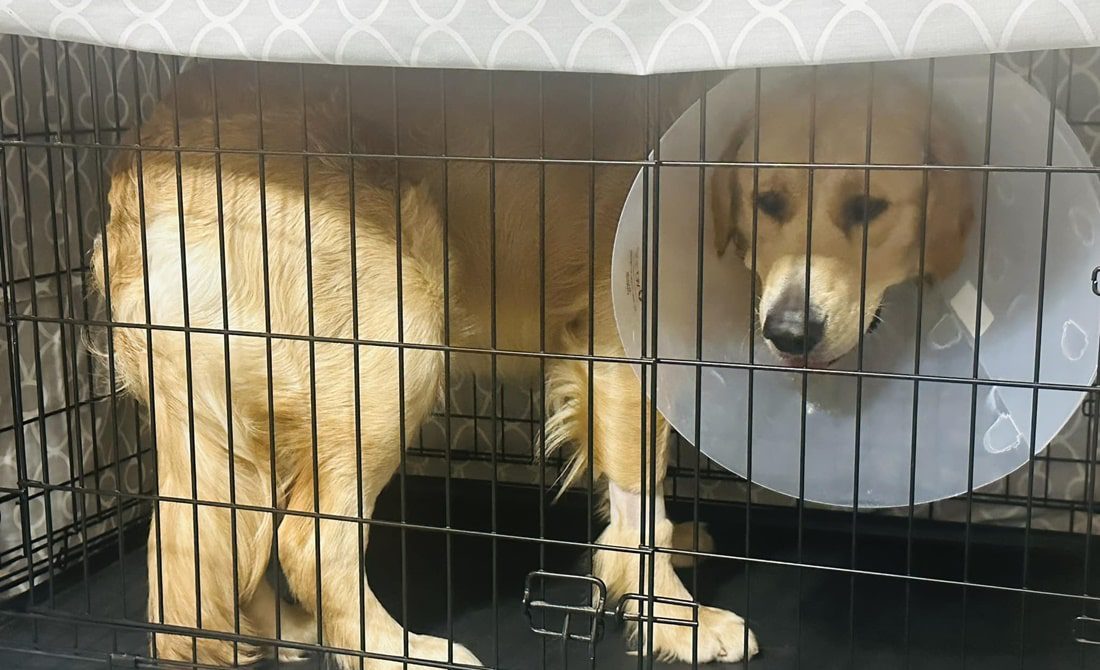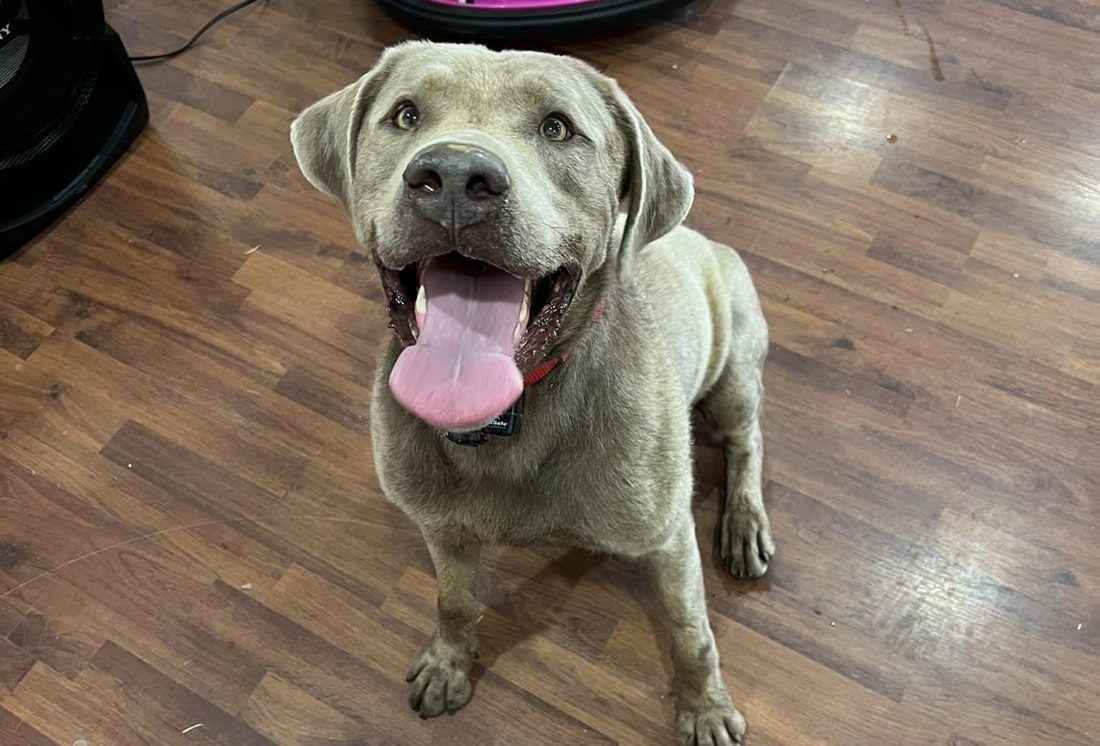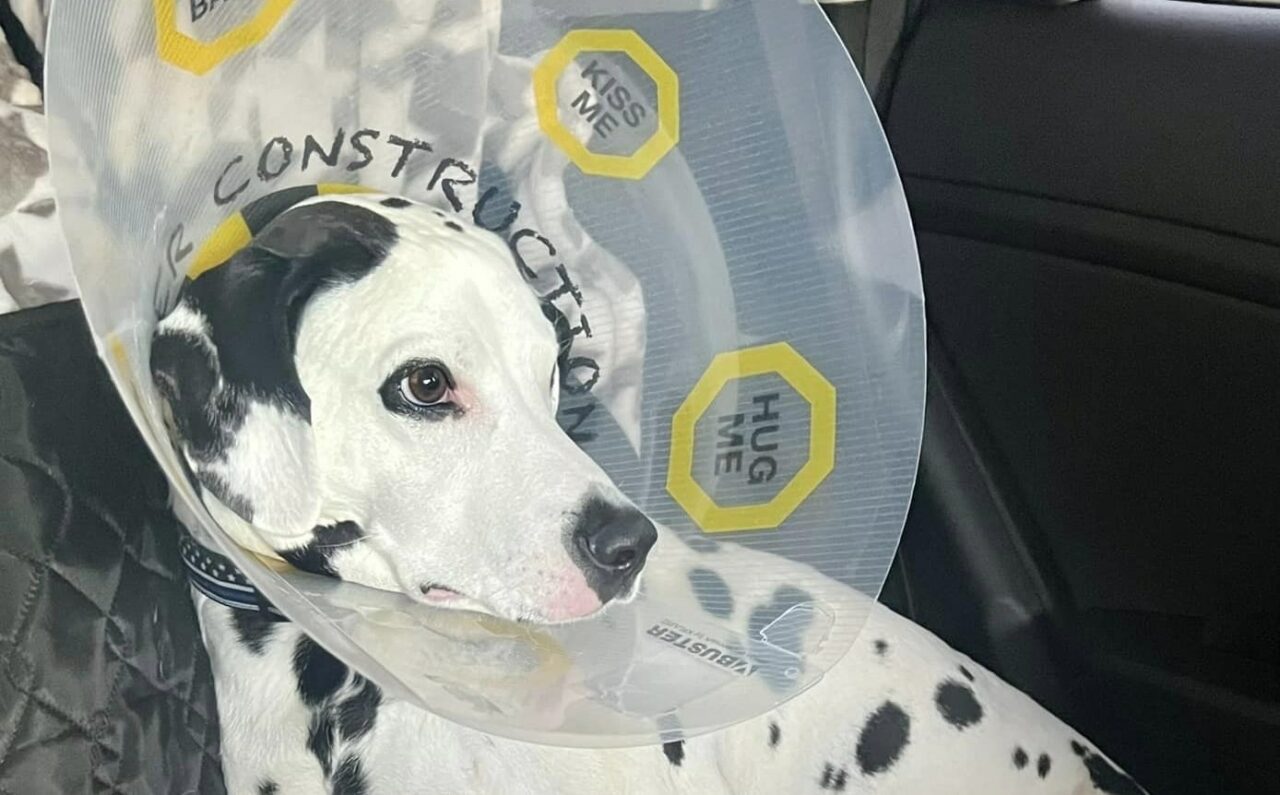Neutering your dog is a common and highly recommended practice in pet care.
This surgical procedure, which prevents dogs from reproducing, carries with it numerous benefits, both for the dog’s health and behavior, as well as for the broader community.
Neutering can protect pets against certain illnesses and save money in the long run by preventing costly health problems.
It can also address unwanted behaviors often exhibited by unneutered dogs.
Given these benefits, knowing when to neuter your dog is a crucial aspect of responsible pet ownership.
Knowing when to neuter your dog involves observing behavioral signs such as aggression or marking, considering the breed and size of the dog for age appropriateness, and consulting with a trusted veterinarian for professional advice.
How To Know When To Neuter Your Dog

Knowing when to neuter your dog generally depends on factors such as breed, size, and individual health conditions.
Small-Breed Dogs
For small-breed dogs that are projected to be under 45 pounds in adult body weight, the common recommendation is to neuter them at six months of age.
This helps prevent unwanted behaviors like aggression and territorial marking and reduces the risk of certain diseases.
As a veterinarian, I’ve seen how beneficial this can be. One of my patients, a small terrier mix, was neutered at six months.
His owners reported a significant decrease in aggressive behavior and marking after the procedure, contributing to a happier household environment.
Medium and Large-Breed Dogs

When it comes to medium and large-breed dogs, the timing for neutering can vary.
Studies suggest that waiting until these dogs are fully grown helps reduce the risk of certain developmental and joint issues.
However, each dog is unique and the decision should be based on a comprehensive health assessment by a veterinarian.
Health Considerations
Health considerations also play a crucial role in deciding when to neuter your dog. Neutering too early, especially before six months, can be associated with an increased disease risk.
On the other hand, waiting too long to neuter can lead to issues like enlarged prostate in males. It’s important to consult with your vet to make the best decision for your pet’s health.
Individual Assessment
Each dog is an individual and should be evaluated as such when considering neutering. Factors like overall health, breed, and behavioral issues should all be taken into account.
During my years as a vet, I’ve learned that there’s no one-size-fits-all approach. Each case requires careful consideration and personalized advice.
Signs Your Dog Should Be Neutered

There are several signs that your dog might need to be neutered, including aggressive behavior, territorial marking, increased humping, and an elevated interest in other dogs.
Aggressive Behavior
Aggressive behavior is a key sign that your dog may need to be neutered. This could involve barking, growling, or even attempting to bite humans or other animals. Neutering can often help to reduce these aggressive tendencies by decreasing the production of testosterone.
Territorial Marking
Territorial marking, such as frequent urination in various spots around your home or yard, is another signal that neutering may be beneficial. This behavior is driven by hormones and can be lessened by neutering.
Increased Humping
Increased humping, particularly if it’s directed at people or non-canine objects, is a common sign that a dog may need to be neutered.
While this behavior can sometimes be due to dominance or excitement, it’s often linked to sexual maturity and can be reduced through neutering says RSPCA.
Elevated Interest in Other Dogs
If your male dog is showing an elevated interest in female dogs, especially if they’re in heat, this is a strong sign that he might benefit from being neutered says PDSA.
This behavior can lead to unwanted litters or fights with other male dogs.
Is Neutering Breed Specific?

Neutering is not breed-specific, but the timing and potential benefits or risks of the procedure can be influenced by a dog’s breed.
The decision to neuter a dog and the ideal timing for this procedure is influenced by numerous factors, including breed.
This is because different breeds have varying risk factors for certain health conditions that can be impacted by neutering.
For example, larger breeds may benefit from a later neuter to allow for full growth and development. Smaller breeds may be safely neutered at a younger age.
From my professional experience as a veterinarian, I’ve observed this first-hand.
I once treated a large-breed dog that was neutered early and later developed joint issues, which could potentially have been mitigated by waiting until the dog was fully grown before neutering.
Conversely, I’ve also seen small-breed dogs that were neutered at six months with no adverse effects.
At What Age Is It Best To Neuter My Dog?

The best age to neuter a dog largely depends on the breed and size of the dog, with small breeds often being neutered around six months, while larger breeds may benefit from waiting until they are fully grown.
In my practice, I’ve seen the benefits of tailoring the decision to the specific needs of each dog. For example, I’ve worked with a small terrier mix who was neutered at six months.
His owners reported a noticeable decrease in aggressive behavior and marking after the procedure, contributing to a more harmonious household.
Conversely, a larger Labrador Retriever patient was neutered at one year, helping to reduce potential joint issues associated with early neutering in bigger breeds.
Preparing Your Dog for Neutering

Preparing your dog for neutering involves crate training, creating a safe environment, restricting food and water prior to surgery, and maintaining a calm demeanor.
Crate Training
Crate training is an important step in preparing your dog for neutering. It helps ensure your pet’s safety and comfort during the recovery period says AKC.
The crate should be size-appropriate and familiar to your dog, providing a secure and comfortable space where they can rest after the procedure.
Creating a Safe Environment
Setting up your house to ensure your dog can’t harm themselves is crucial. This might involve removing any objects that could cause injury, ensuring there are no escape routes, and designating a quiet room or crate as your dog’s recovery area as per VCA Hospitals.
Providing clean, dry bedding, fresh water, and a few safe chew toys can also help create a comforting environment.
Food and Water Restriction
Before the procedure, it’s typical to restrict your dog’s food and water intake.
Usually, you would give your pet their last meal around 8 pm the night before surgery, and then not give any food or water after midnight. This helps prevent complications during anesthesia.
Maintaining Calmness
It’s essential to remain calm and collected during this time as dogs can sense their owner’s anxiety. Your calmness will help your pet stay relaxed before and after the procedure says Small Door Vets.
Veterinary Experience
As a veterinarian, I’ve seen how these steps significantly impact a dog’s experience with neutering.
One of my patients, a lively and somewhat anxious Labrador, was very well prepared by his owners following these guidelines.
They had taken the time to crate train him and set up a safe recovery area. On the day of the procedure, they were calm and reassuring, which seemed to help ease his anxiety.
After the surgery, he recovered well in his familiar crate, showing the effectiveness of careful preparation.
FAQs
Q: What are the risks associated with spaying or neutering my dog?
A: The risks associated with spaying or neutering include increased risk of certain cancers and joint disorders. This is especially true if the procedure is done before the dog reaches full maturity.
Q: Is it true that waiting to spay or neuter my dog can reduce certain health risks?
A: Yes, recent research suggests that waiting to spay or neuter your dog, especially for larger breeds, can reduce the risk of certain health issues, such as joint problems and certain cancers.
Q: Can I neuter my dog at any age?
A: Yes, you can neuter a dog at any age, but it is usually recommended to do so at a specific age to reduce the risk of certain health issues.
Q: What is the ideal age for male dogs to be neutered?
A: Male dogs are typically neutered around 6-9 months of age, but the best age may vary based on the breed and individual health considerations.
Q: What is the association between spaying and certain health issues in female dogs?
A: Spaying female dogs at an early age has been associated with an increased risk of certain health issues, such as certain cancers and joint problems, especially in larger breeds.
Q: Should I spay or neuter my dog if I want to breed them in the future?
A: If you are considering breeding your dog in the future, it is best to wait and consult with a veterinarian to determine the best course of action.
Q: What is the recommended age to spay a female dog?
A: The American Veterinary Medical Association recommends spaying female dogs around 6 months of age, but this may vary based on the breed and individual circumstances.
Q: Can spaying or neutering affect a dog’s behavior or energy levels?
A: Spaying or neutering can impact a dog’s behavior and energy levels, often leading to reduced aggression, roaming, and certain reproductive behaviors.
Q: Are there specific considerations for certain breeds when it comes to spaying or neutering?
A: Yes, for certain breeds, such as giant breeds and female golden retrievers, there are specific considerations regarding the timing of spaying or neutering to minimize the risk of certain health issues.
Conclusion and final thoughts
Determining when to neuter your dog involves recognizing signs such as aggressive behavior, territorial marking, increased humping, and elevated interest in other dogs.
The age for neutering can vary depending on the breed and size of the dog, with smaller breeds typically neutered around six months and larger breeds often waiting until they are fully grown.
Consulting a trusted veterinarian is crucial to making an informed decision based on your dog’s specific needs and behaviors.




Leave a Reply